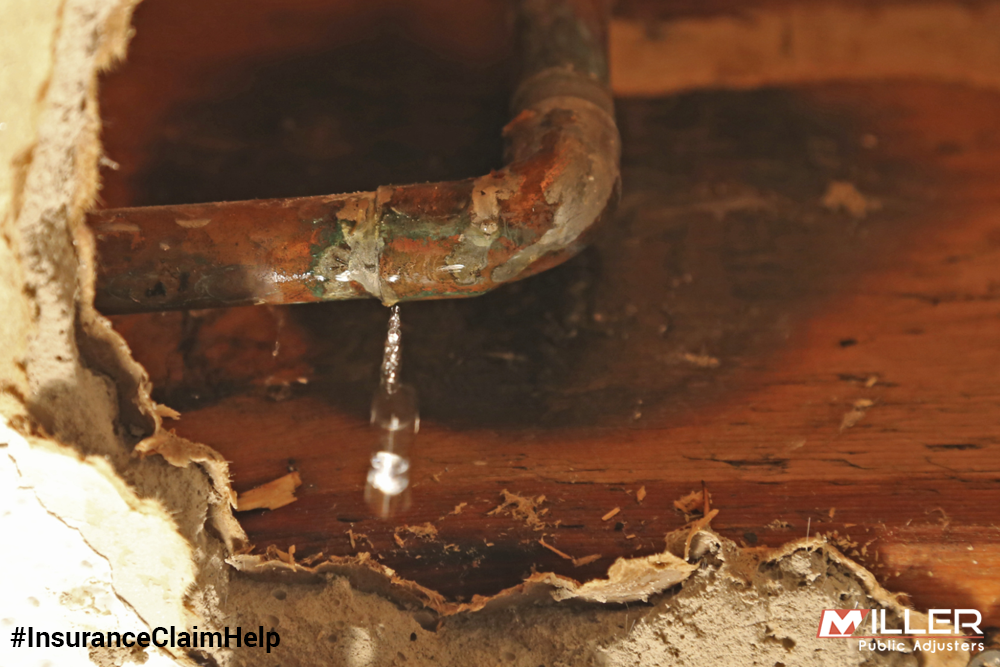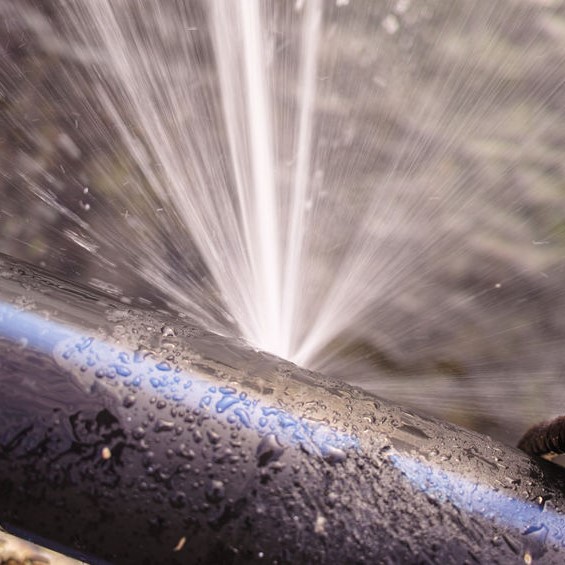Recognizing and Efficiently Fixing a Burst Pipe: A Practical Approach
ScheduleDo you find yourself trying to locate help concerning What to Know Before Installing a Dishwasher?

A ruptured pipeline is a significant emergency; you can just stand as you watch water you pay dearly to reunite with the earth. In worse cases, you discover a pool on your kitchen area floor, which is a wonderful journey risk, specifically if you have kids around. If the pipe that ruptured remained in your wall surfaces, problem: you may need to paint that whole section.
Just how can a catastrophe like a ruptured pipe be avoided and handled? Well, by listening to your professional emergency plumbers as well as complying with these policies.
Just how do I recognize when my pipes have ruptured?
Varying water pressures
Pipes do not just burst in a day. You might have seen that your kitchen faucet or shower does not run immediately when you transform the tap. It might stop briefly for a few seconds and after that blast you with more pressure than normal.
In other circumstances, the water might seem normal in the beginning, after that drop in pressure after a couple of seconds.
Infected water
Many individuals presume a burst pipe is a one-way electrical outlet. Rather the contrary. As water spurts of the hole or laceration in your plumbing system, impurities locate their method.
Your water might be polluted from the source, so if you can, check if your water storage tank has any kind of issues. Nonetheless, if your alcohol consumption water is supplied and cleansed by the city government, you must call your plumber instantly if you see or smell anything funny in your water.
Puddles under pipelines as well as sinks
When a pipeline ruptureds, the outflow develops a pool. It may show up that the pool is expanding in dimension, as well as regardless of the amount of times you wipe the pool, in a few minutes, there's one more one waiting to be cleaned up. Often, you may not have the ability to map the puddle to any noticeable pipelines. This is an indicator to call a professional plumber.
Wet walls and also water discolorations
Before a pipe ruptureds, it will leakage, most times. If this persistent dripping goes undetected, the leakage might graduate right into a vast laceration in your pipe. One very easy means to avoid this emergency is to watch out for wet wall surfaces ad water spots. These water discolorations will lead you right to the leakage.
Untraceable dripping noises
Pipeline ruptureds can take place in the most unpleasant locations, like within concrete, inside wall surfaces, or under sinks. When the house goes silent, you may be able to hear an aggravatingly consistent trickling sound. Even after you've examined your shower head and also cooking area faucet, the trickling may proceed.
Beloved viewers, the trickling may be coming from a pipe inside your walls. There isn't much you can do about that, other than inform an expert plumber.
Show up the Warm
Establish followers to blow warm right into cold areas. Keep the garage door shut. If you have actually minimized water circulation, heat the most susceptible pipelines (typically in cellars and also crawl spaces or near outside walls) with a hair dryer. Leave the tap on while you apply heat. As you thaw ice, the circulation will certainly raise. To avoid pipes from freezing, shield your wall surfaces.
Begin Doing Away With the Water
Order the mop, pails as well as a shop vacuum cleaner to start to eliminate the water due to the fact that you definitely do not desire it saturating into every little thing else in your home. Plus, a fast tidy up will minimize the possibilities of something getting moldy.
What do I do when I detect a ruptured pipeline?
Your water meter will certainly continue to run even while your water wastes. To minimize your losses, discover the primary controls and transform the supply off. The water mains are an above-ground structure beside your property.
How to Fix & Detect a Leaking Pipe
How Do I Know if a Pipe is Leaking?
Leak detection tests can help you determine if your pipe has a leak. Even if you don’t see an apparent leak, you should still conduct leak detection tests regularly to save water and money—and prevent major damage to your home.
Water meter. It can be helpful to figure out what your usual water meter usage numbers are and then monitor them regularly. To monitor your meter, first, turn off all water faucets in your home. Check the meter and write down the numbers. In a few hours, check the meter again. If the numbers have changed, you have a leak. Water gauge. Use a water gauge to test your water pressure. Your showerhead should produce a certain amount of water pressure based on its model and design. If the pressure is lower than it is supposed to be for that specific showerhead, your home likely has a leak. Puddles. Look inside your bathroom, laundry, and kitchen sink cabinets. Puddles around the cabinets or around toilets, tubs, showers, and washing machines indicate the presence of a leaking pipe. You may also notice loose tiles, peeling or flaking paint, or mold caused by water accumulation. Napkin test. Even if you don’t see any puddles, you may still have a leak. You can test for water leaks in the bathroom, laundry, and kitchen by wiping below-sink connections with a napkin, paper towel, or piece of toilet paper. If it becomes damp, you probably have a leaking pipe under the sink. Discolored walls. Walls that are discolored—usually with brown or yellow stains—or bulging might mean that they have been impacted by water damage caused by a leaking pipe. Smell. A leaky pipe will create sitting water, and over time, that water may develop a musty smell. If your home smells musty, but you can’t locate the source, it may be due to a leak. Steps for Fixing a Leaking Pipe
A leaky drain can be remedied by tightening the pipe base, replacing the drain seal, caulking the rim, and tightening the pipe nut. Similarly, a leaking toilet pipe can be treated by tightening the packing nut. You may also need to replace the valve. A leaky faucet may just need tightening or replacement of the washers. If that doesn’t work, consider replacing your faucet. If your pipe has a hole in it, you may want to use a pipe leak sealer or pipe leak tape. This quick fix for water pipe leaks can also temporarily fix a copper pipe leak. https://www.ahs.com/home-matters/quick-tips/how-to-tell-if-pipes-are-leaking/

Do you really like reading up on How to install a dishwasher safely? Leave feedback down below. We will be glad to see your responses about this review. Hoping to see you back again later on. Are you aware of anybody else who is in the market for the subject? Take a moment to share it. We take joy in reading our article about How to Prepare for Your Dishwasher Installation.
This Resource